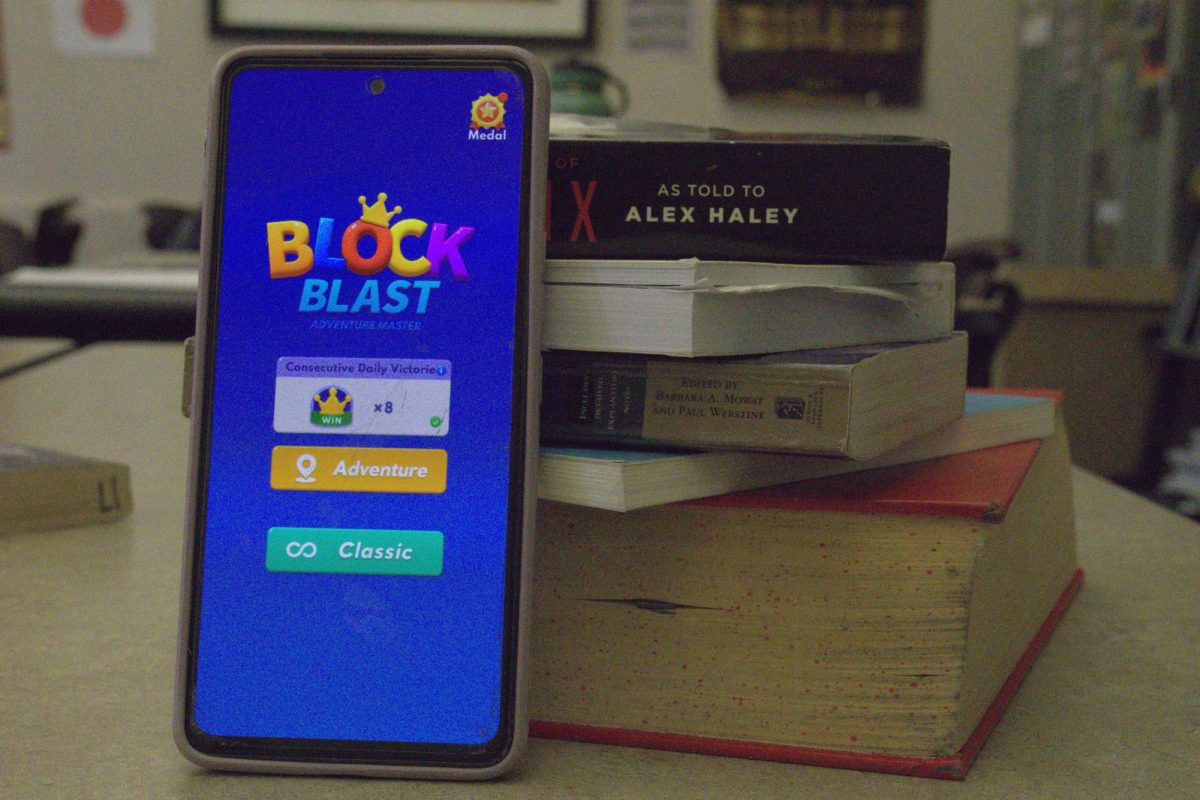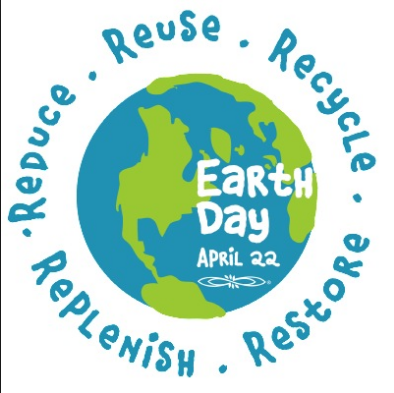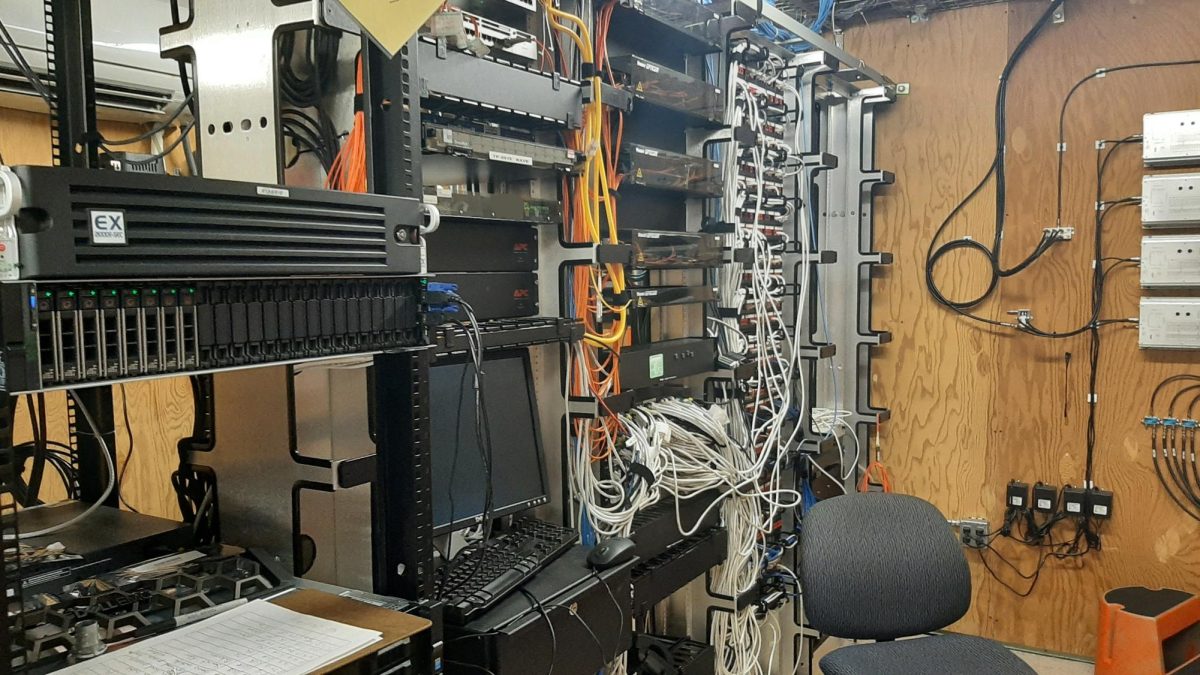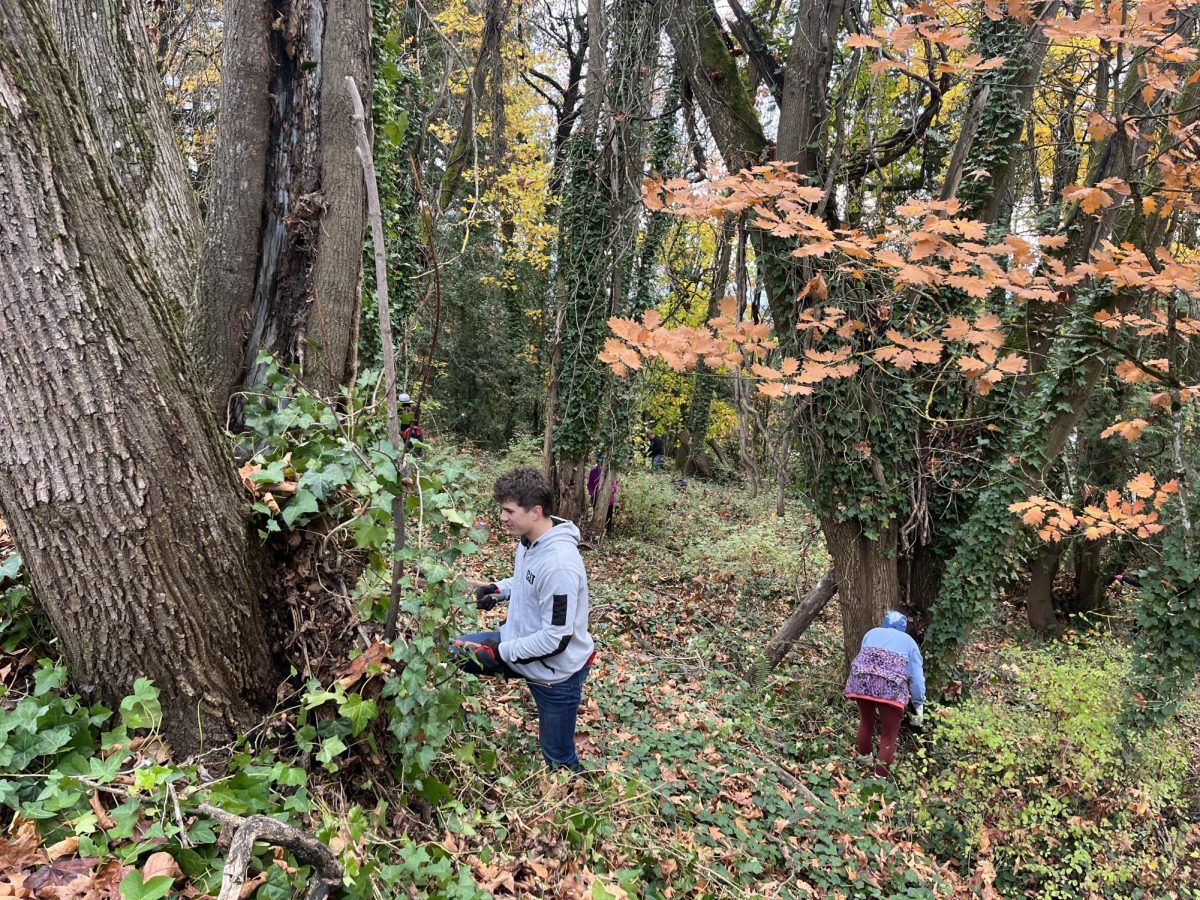There are 7.5 billion people on the Earth and each one leaves a footprint. No, not a literal footprint on a ground, but a carbon footprint. A carbon footprint can be described as the amount of CO2 each individual, institution or community is responsible for releasing into the atmosphere. The heat-trapping CO2 people emit today lasts for another 800 years, this can cause climate change.
In 1970, Earth Day was created to diversify, educate and activate the environmental movement. 20 years later this movement went worldwide. More than one billion people now participate in Earth Day activities each year, making it the largest civic observance in the world. Thanks to the Earth Day movement many laws have been passed including Clean Air Act, Clean Water Act, and Endangered Species Act.

To celebrate Earth Day this year a March for Science is being held in Portland. The point of this march is to show the importance and impact that science has on the entire world. Science protects our air and water, preserves our planet, saves lives with medical treatments, creates new industries, puts food on our tables, educates the next generation, and safeguards our future. The use of science can help change the future and assist in the environmental issues that impact us today.
Science protects our air and water, preserves our planet, saves lives with medical treatments, creates new industries, puts food on our tables, educates the next generation, and safeguards our future. The use of science can help change the future and assist in the environmental issues that impact us today.
The Earth Day Network gives a few ideas of what each person can do to take action, some of these include, planting a tree, reducing your footprint, and eating less meat. Syerrah Wilson, freshman, shared, “I spent the day outside to celebrate the beautiful world that I live in.” Learn more about what you can do at The Earth Network Website.







































